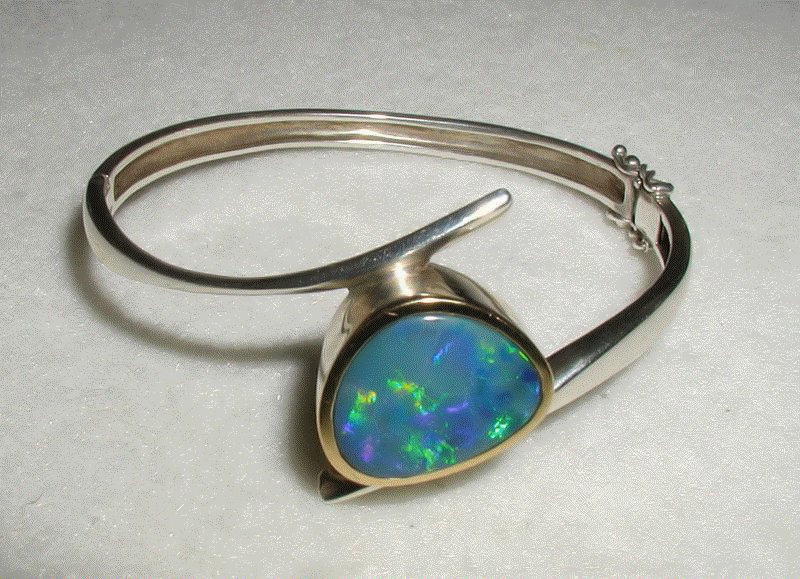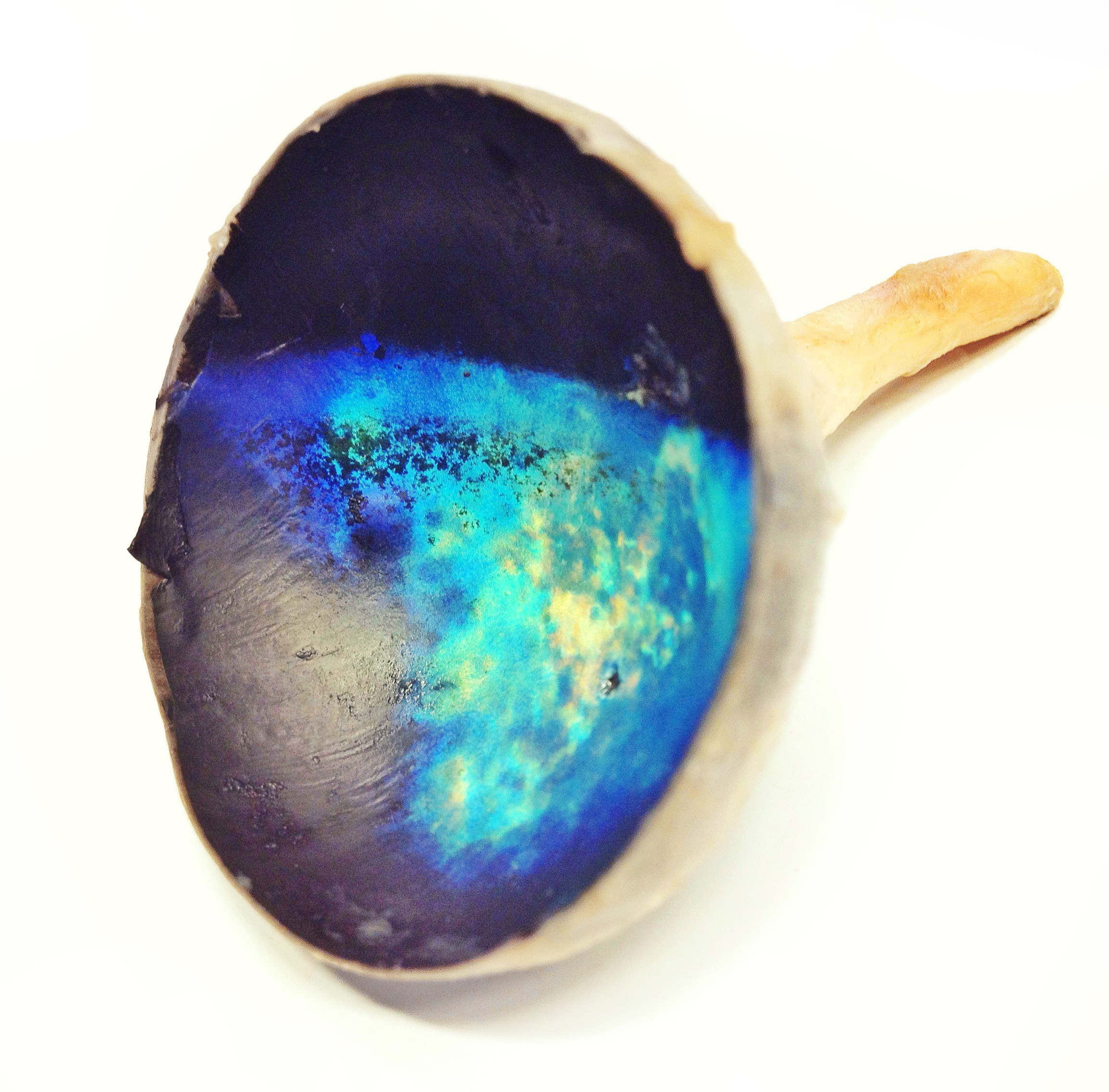|
Animal Reflectors
Animal reflectors or animal mirrors are important to the survival of many kinds of animal, and, in some cases, have been mimicked by engineers developing photonic crystals. Examples are the scales of silvery fish, and the tapetum lucidum that causes the eyeshine of dogs and cats. All these reflectors work by interference of light in multilayer structures with dimensions less than a wavelength, so can be classed as photonic crystals. Other animal photonic crystals have evolved to reflect narrow spectra, producing animal coloration. Functions Camouflage The scales of silvery fish, by reflecting light from the flank make detection by a predator difficult because the reflected light is similar to the incident light in the absence of the prey (Fig. 1). Focusing light The eyes of some bivalve mollusks, such as the scallop (Pecten) use a concave mirror, the argentea, at the back of the eye, to create an image on the retina. The deep-sea ostracod Gigantocypris has eyes with parabolic reflec ... [...More Info...] [...Related Items...] OR: [Wikipedia] [Google] [Baidu] |
Animal
Animals are multicellular, eukaryotic organisms in the Biology, biological Kingdom (biology), kingdom Animalia (). With few exceptions, animals heterotroph, consume organic material, Cellular respiration#Aerobic respiration, breathe oxygen, have myocytes and are motility, able to move, can reproduce sexually, and grow from a hollow sphere of Cell (biology), cells, the blastula, during embryonic development. Animals form a clade, meaning that they arose from a single common ancestor. Over 1.5 million extant taxon, living animal species have been species description, described, of which around 1.05 million are insects, over 85,000 are molluscs, and around 65,000 are vertebrates. It has been estimated there are as many as 7.77 million animal species on Earth. Animal body lengths range from to . They have complex ecologies and biological interaction, interactions with each other and their environments, forming intricate food webs. The scientific study of animals is known as ... [...More Info...] [...Related Items...] OR: [Wikipedia] [Google] [Baidu] |
Photonic Crystals
A photonic crystal is an optical nanostructure in which the refractive index changes periodically. This affects the propagation of light in the same way that the structure of natural crystals gives rise to X-ray diffraction and that the atomic lattices (crystal structure) of semiconductors affect their conductivity of electrons. Photonic crystals occur in nature in the form of structural coloration and animal reflectors, and, as artificially produced, promise to be useful in a range of applications. Photonic crystals can be fabricated for one, two, or three dimensions. One-dimensional photonic crystals can be made of thin film layers deposited on each other. Two-dimensional ones can be made by photolithography, or by drilling holes in a suitable substrate. Fabrication methods for three-dimensional ones include drilling under different angles, stacking multiple 2-D layers on top of each other, direct laser writing, or, for example, instigating self-assembly of spheres in a mat ... [...More Info...] [...Related Items...] OR: [Wikipedia] [Google] [Baidu] |
Tapetum Lucidum
The ; ; : tapeta lucida) is a layer of tissue in the eye of many vertebrates and some other animals. Lying immediately behind the retina, it is a retroreflector. It Reflection (physics), reflects visible light back through the retina, increasing the light available to the Photoreceptor cell, photoreceptors (although slightly blurring the image). The tapetum lucidum contributes to the superior night vision of some animals. Many of these animals are nocturnality, nocturnal, especially carnivores, while others are Deep-sea community, deep-sea animals. Similar adaptations occur in some species of spiders. Haplorhini, Haplorhine primates, including humans, are Diurnality, diurnal and lack a tapetum lucidum. Function and mechanism The presence of a tapetum lucidum enables animals to see in dimmer light than would otherwise be possible. The tapetum lucidum, which is iridescent, reflects light roughly on the Interference (wave propagation), interference principles of thin-film opti ... [...More Info...] [...Related Items...] OR: [Wikipedia] [Google] [Baidu] |


